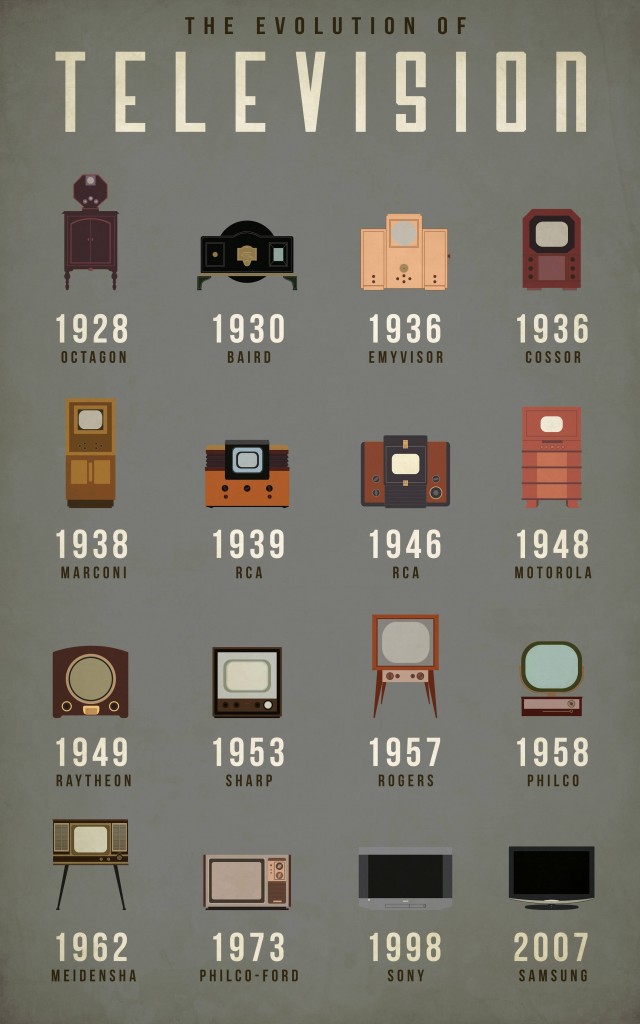“Said argued that the concept of the Orient as other serves to establish Europe and the West as the norm.”
- In regards to the quote above, can the same be said in reverse? Who establishes what the “norm” is?
- I do think that the same can be said as reverse. Historically, America has been perceived as a country dependent on the “new”, we see ourselves as a the hearth of commercialism and innovation. I think that we truly see ourselves as the ideal model of a country, at that everything we do from art to science is in fact the “norm”, and we have a low tolerance for anything that doesn’t align with our own ideas.
- Society establishes what norms are, but still norms are completely subjective. What’s normal for one group of people may not be normal for others, which makes it culturally contingent.
- If meaning is established through differences, how does one account for the similarities?
- Going back to the idea of the norm, that’s also how we see similarities. We think that they are SUPPOSED to be that way, because why wouldn’t it be? We are biologically coded to ignore similarities after a while, our brains are developed to process the new and different things because we assume what is already there will not change.
- Could it be argued that women of the harem were the ones in power and not merely objects for males to gaze at?
- Individually they could’ve felt powerful, especially if the were the sole center of attention. There is something innately powerful if you are the only recipient of someones gaze, it feels like you’re captivating them. On the other hand, as a group they were essentially being objectified, if you’re staring at a group it’s hard to differentiate so you just see the whole thing rather than the individual ones which is essentially de-individualizing and dehumanizing.
- Can “gender in the gaze” be equated to objectification?
- Yes it can be, however I think the reason we see “gender in gaze” as objectification is because gender is innately stigmatized to us as a society. We associate certain characteristics with each gender, so when we put gaze in that equation we assume that the gaze is used to justify and follow those stereotypical characteristics.
- In what ways does the audience of a film identify with what is being played out on screen?
- Perspectives can really alter how we perceive a scene, which I tried to talk about in my video essay. They can display the emotions of the protagonist, and communicate that in way that is completely unique to the audience. In my opinion, a successful film makes you feel like you’re in the same reality. You can feel the emotions, you can see the details, you can almost sense everything to the point where you’re so immersed in there that you start to feel like the protagonist yourself, or a familiarity with them. Gaze is sight, what we see is what we perceive, it’s how we process the world which is why it’s so important to how we see film and media. The director can essentially create a reality for us that doesn’t actually exist in real life but it feels like it does. Many prolific directors do this such as Frederic Fellini, Wes Anderson and many others.



